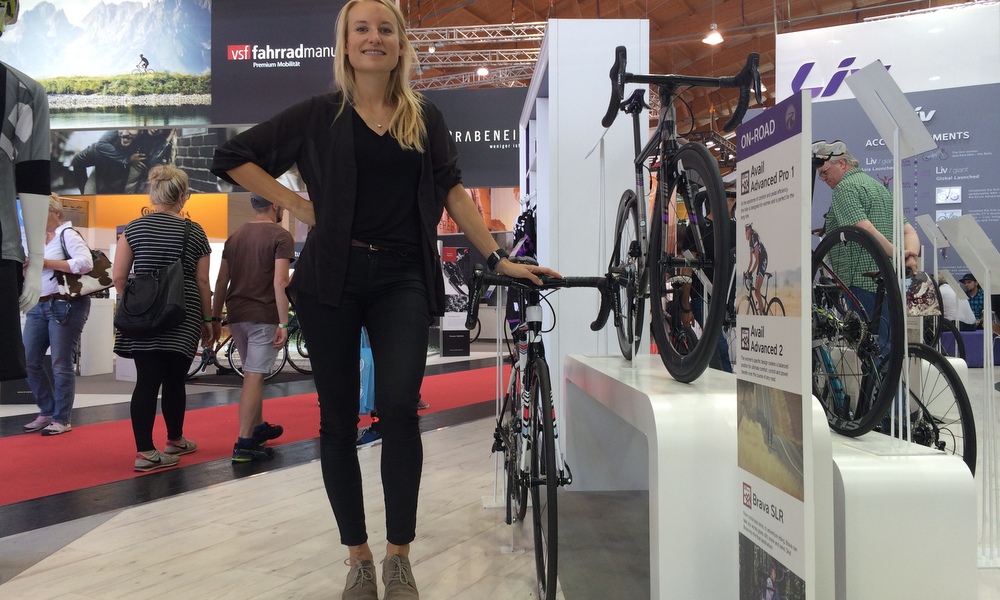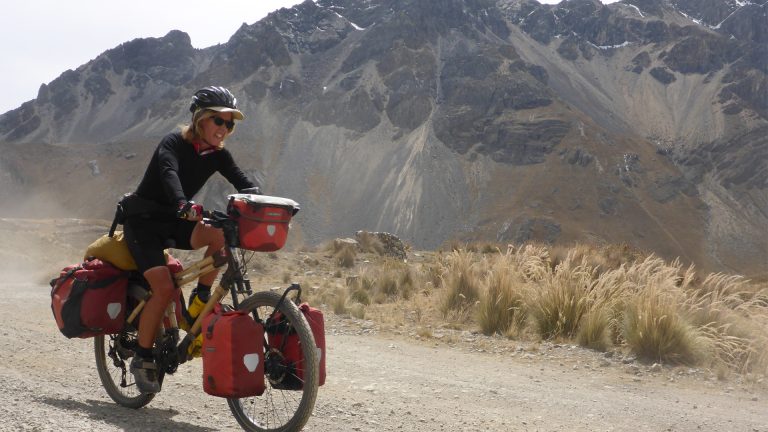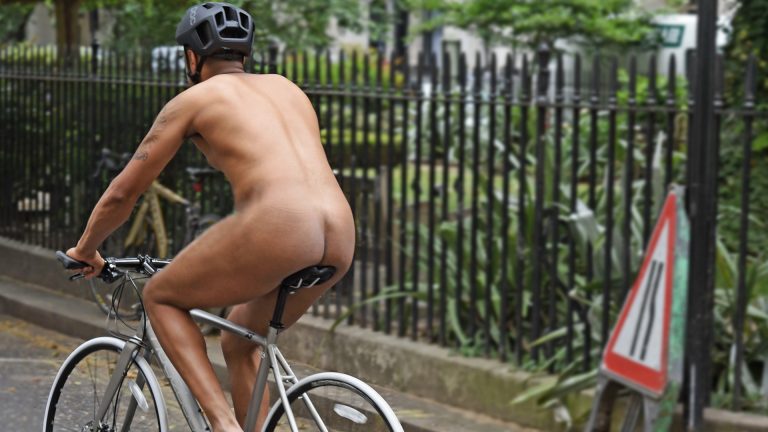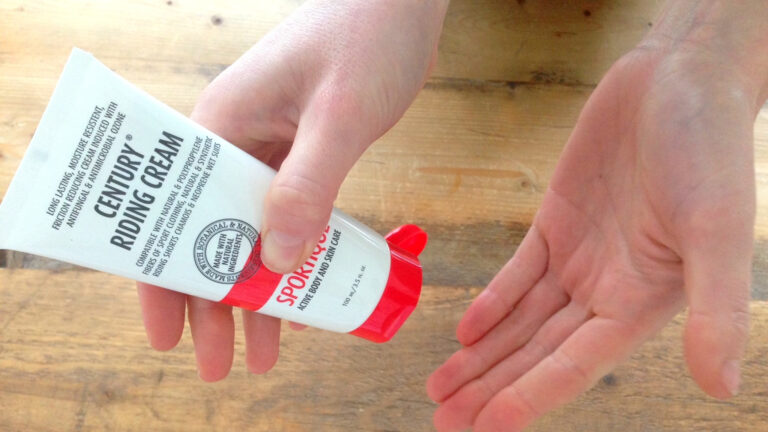Anna Luten is the first bicycle mayor of Amsterdam. She doesn’t have a big gold mayoral chain around her neck, but she does have the energy, enthusiasm and passion to be the voice for cyclists in her city.
Amsterdam introduced the ‘Night Mayor’ concept over five years ago – the idea being that an individual will act as a guardian of night life, keeping it calm and safe without being too authoritarian, and the scheme has since been adopted in Toulouse, Zurich and Paris. The ‘Cycling Mayor’ role is similar – Luten will find ways to make cycling even better in the bike commuting capital of the world. Because it turns out having a huge cycling population comes with its own problems.
Liv Explain: Why Female Specific Bikes Suit the Average Woman
A resident in Amsterdam for five years, Luten also works as a brand manager for Liv cycling. I spoke to her at this year’s Eurobike, where we sat in the middle of the buzzing conference hall to chat about her role and what’s to come.
BH: Tell me about how you became the bicycle mayor and a little more about your role?
AL: I’ve been in the role now for three months, and I’m the first one to take the job. An NGO called Cyclespace came up with the idea for a bicycle mayor. The idea has followed on from the very successful Night Mayor scheme which works for the whole night life infrastructure and city scene, and we needed something in our city for cycling as well.
“I want to make cycling in my city better for myself and for other people.”
The job description was a description of me, and really spoke to my passions so I knew I needed to apply! I want to make cycling in my city better for myself and for other people. People are already coming to me to ask for help and advice and to share ideas. Currently we’re working on the structure and a website, and I need to build up my own network with people who can advise me and work closely together with me.
So what will a day in the life of the Bicycle Mayor look like?
We need to build up the structure of the programme as we need to export it to other cities, so this will be a first priority. I really hope that this time next year we will have more bicycle mayors around the globe, so we can organise a summit and share lots of knowledge and information. Every city sees different issues alongside opportunities, so there will be a great opportunity to learn from each other. In Amsterdam for example, people are looking to us as the bicycle city of the world, where everything is great and we have the ‘red carpet’ treatment for cyclists.
Amsterdam is often seen as the best bike city in the world – do you think that’s true?
There is still a lot of work to do, Amsterdam is still a young city and so you need to keep putting in the work and then be patient and maybe in ten or twenty years from now you will see a big difference. Certainly what we’ve done in Amsterdam – we want to share it, and we don’t do that very well so that has to improve. Another thing is that we want to get the attention of people who live in Amsterdam again, and remind them that we have such a great city and they are lucky that we have a city like this.
We need to look at our own behaviour and also look at where we can improve. I think sometimes we think we are the king of the road but that can improve. The streets are getting more and more busy [with bikes] which is great, but if we are going to continue to grow this for the future sometimes the riding is a bit dangerous, riders typically cross each other without looking and we have to know how to ride more safely.







